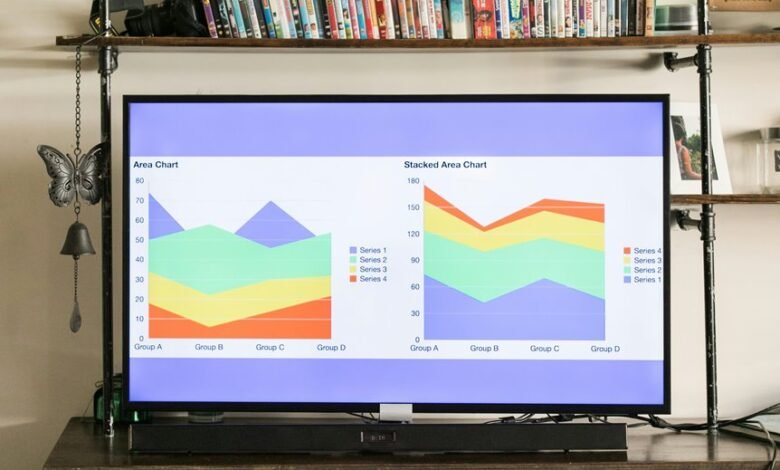1553400000 Investigating Mobile Call Trends Across Areas

Mobile call trends exhibit notable variations across geographic landscapes, reflecting the distinct characteristics of urban and rural environments. Urban areas, characterized by their dense populations, face heightened call volumes and potential network congestion issues. Conversely, rural regions often grapple with inadequate infrastructure, leading to diminished call frequency and quality. As these patterns unfold, the interplay of demographic factors and cultural influences becomes increasingly evident, prompting further investigation into their implications for future communication dynamics.
Geographic Influences on Mobile Call Patterns
Geographic influences significantly shape mobile call patterns, with variations observed across urban, suburban, and rural environments.
Urban saturation leads to high call volumes but can strain network resources, resulting in congestion.
In contrast, rural connectivity often faces challenges related to infrastructure, limiting call frequency and quality.
These geographic elements critically affect user behavior and accessibility, ultimately influencing overall communication effectiveness across different regions.
Demographic Factors Shaping Communication Habits
Variations in demographic factors, such as age, income, and education level, significantly influence communication habits and preferences in mobile call usage.
Different age groups exhibit distinct tendencies, with younger individuals favoring digital communication over voice calls.
Additionally, income levels correlate with technology access, affecting call frequency and duration.
Understanding these dynamics is essential for tailoring mobile services to meet diverse consumer needs effectively.
Cultural Impacts on Mobile Connectivity
Although cultural norms and values vary widely across societies, they play a pivotal role in shaping mobile connectivity and communication practices.
In urban culture, the emphasis on social connectivity drives the adoption of mobile technologies, facilitating instant communication and fostering community interactions.
This dynamic illustrates how cultural influences can enhance or restrict mobile engagement, ultimately reflecting broader societal values and priorities.
Future Trends in Mobile Communication Usage
As mobile communication technology continues to evolve, it is poised to significantly reshape user behaviors and interactions in the coming years.
5G advancements will enable faster data transmission and enhance connectivity, fostering more immersive experiences.
However, as usage grows, concerns regarding user privacy will intensify, necessitating robust security protocols to ensure that individuals retain control over their personal information in an increasingly interconnected world.
Conclusion
In conclusion, the investigation into mobile call trends reveals a tapestry of influences woven from geographic, demographic, and cultural threads. Urban centers, akin to bustling marketplaces, exhibit high call volumes, while rural areas struggle with connectivity akin to a faded radio signal. As communication habits evolve, particularly among younger demographics favoring digital interaction, understanding these disparities becomes crucial for future technological developments. Ultimately, this complex interplay will shape the landscape of mobile communication, driving innovations tailored to diverse user needs.





